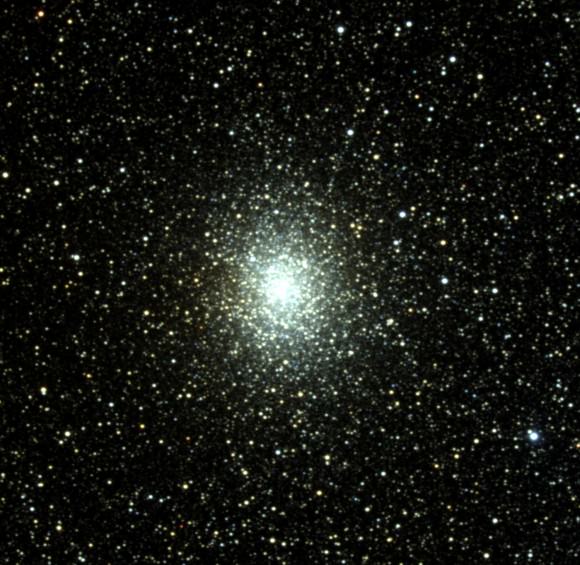OPT is a telescope and camera store in San Diego County, California, and our website, OPTTelescopes.com, is one of the most trusted online astronomy stores in the world. We've been around since 1947, and our employees are involved in various aspects of astronomy...from professional quality CCD imaging to writing books on what's up in the sky. We've got a lot to share, and this is where we will share it! Welcome!
Tuesday, July 31, 2012
Weekly SkyWatcher's Forecast: July 30 - August 5, 2012
Greetings, fellow SkyWatchers! It's big. It's bright. There's no escaping it. This week the Moon will be our major point of study, but don't rule out some bright globular clusters and interesting stars! There's plenty of history and science to explore, too. Whenever you're ready, just meet me in the back yard...
Sunday, July 22, 2012
Weekly SkyWatcher's Forecast: July 23-29, 2012
Greetings, fellow SkyWatchers! Are you ready for a week filled with alternative astronomical observing studies? If so, you'll enjoy looking at some unusual stars and star clusters. If you want to keep things cool, then come along as we mine for lunar ice. Feeling a bit more lazy? Then kick back and enjoy the Delta Aquarid meteor shower or just step out after sunset and enjoy a splendid conjunction! It's all here... Just head outside!
Thursday, July 19, 2012
Titan's Seasons Do The Twist
"You should see my little Sis. She really knows how to rock. She knows how to twist!" And so does a vortex which has appeared at the southern pole of Saturn's moon, Titan. It's a sign that the seasons are changing! Thanks to images taken with NASA's Cassini spacecraft, we're able to join in the dance.
Sunday, July 15, 2012
Weekly SkyWatcher's Forecast: July 16-22, 2012

Greetings, fellow SkyWatchers! My satellite dish and internet connection has now returned from the land of Oz. While it was great to have a span of days where no electric meant no annoying lights, it also meant creative cooking excursions on the gas grill in 100 degree weather. Ah, well... the things we do for dark skies! This is New Moon week, so get out there and enjoy the Milky Way! Whenever you're ready, meet me in the back yard...
Wednesday, July 11, 2012
Hubble Reveals Fifth Moon Of Pluto
Through the incredible eye of NASA’s Hubble Space Telescope, a team of astronomers have announced the revelation of a another moon orbiting the icy dwarf planet Pluto. The moon is incredibly tiny - only about 6 to 15 miles in diameter - and irregularly shaped. It would appear to be in a 58,000 mile diameter orbit around Pluto and assumed to be co-planar with the other satellites in the system. This brings the known number of moons orbiting Pluto to five. How exciting is that?!
Subscribe to:
Posts (Atom)



